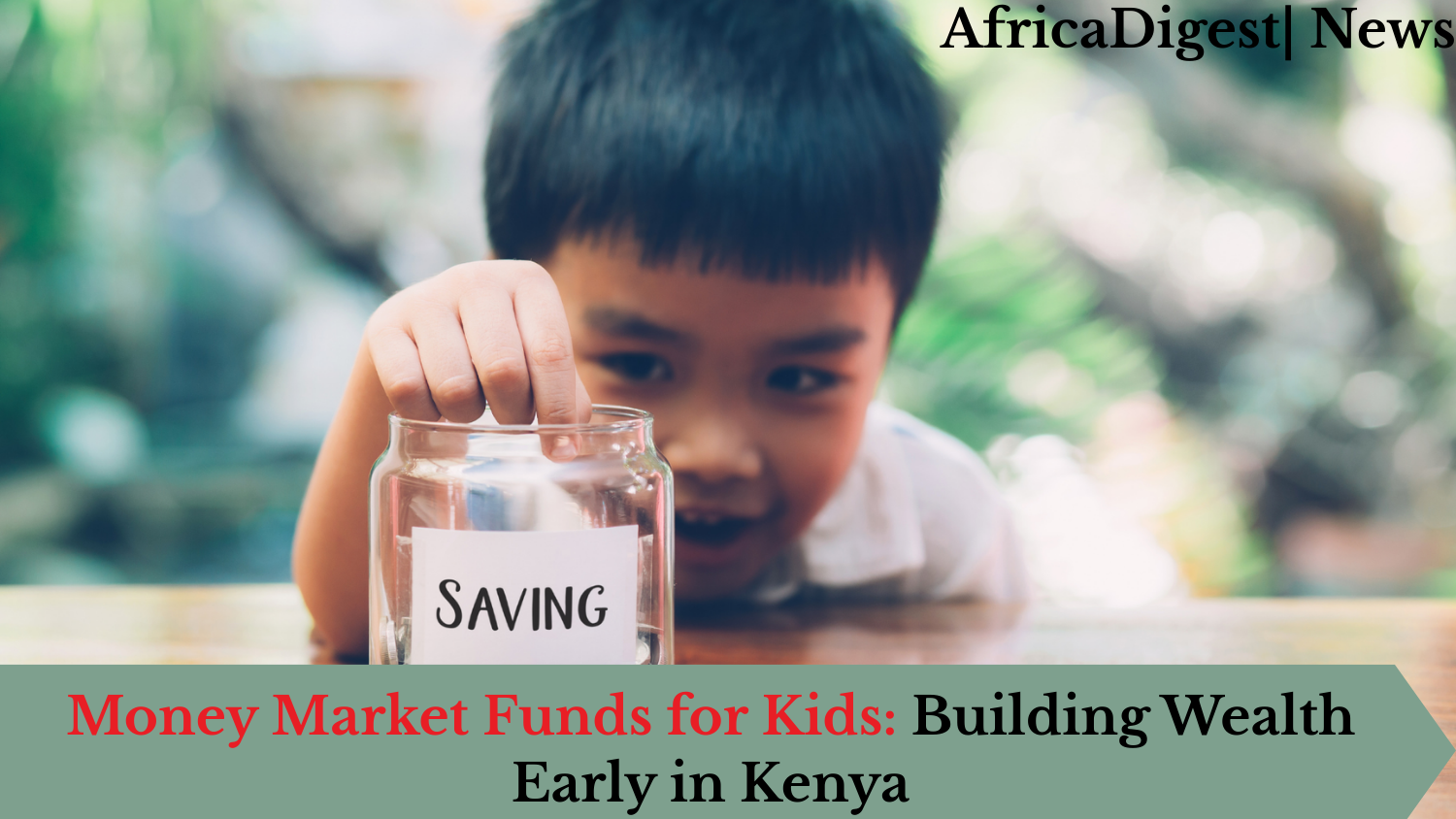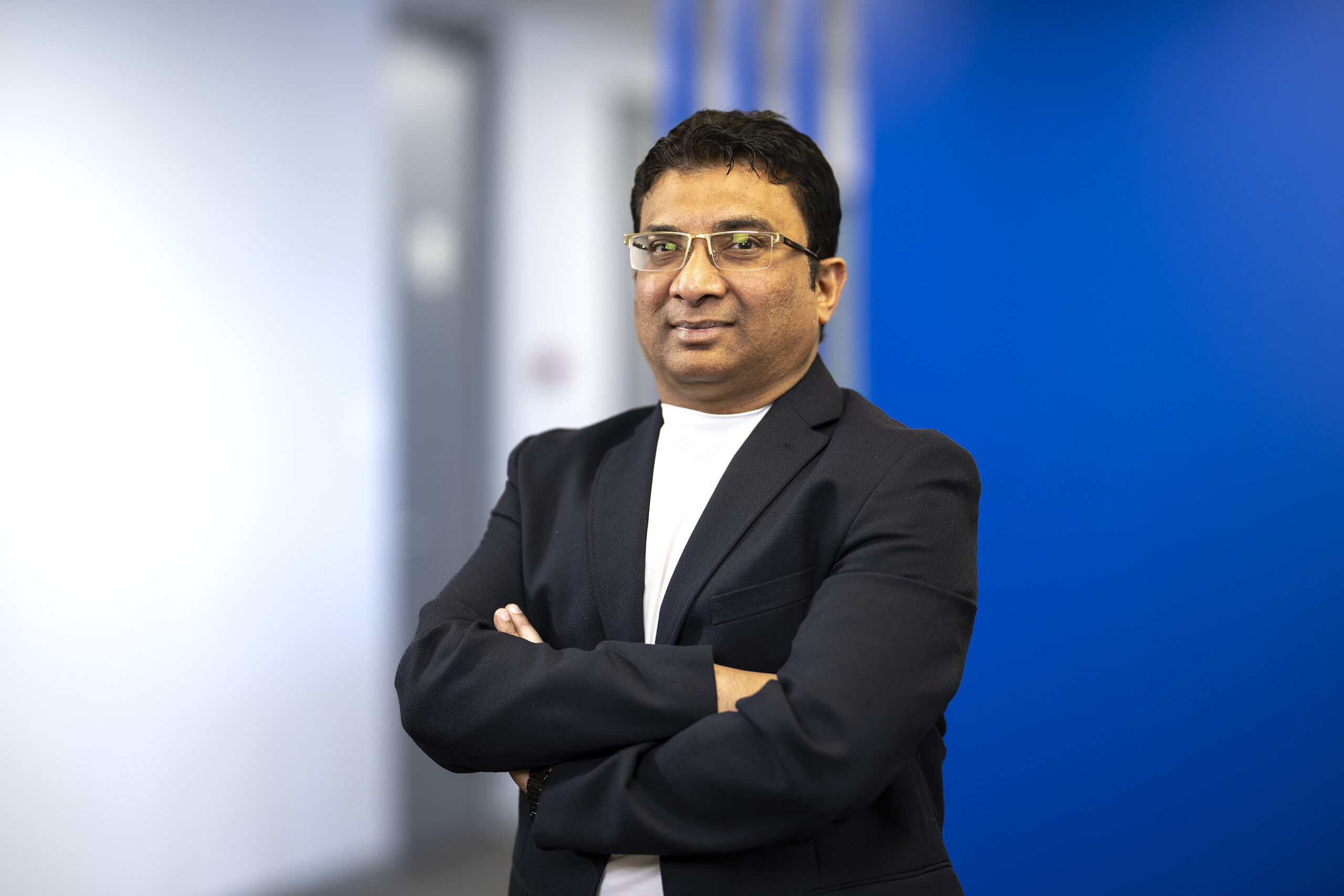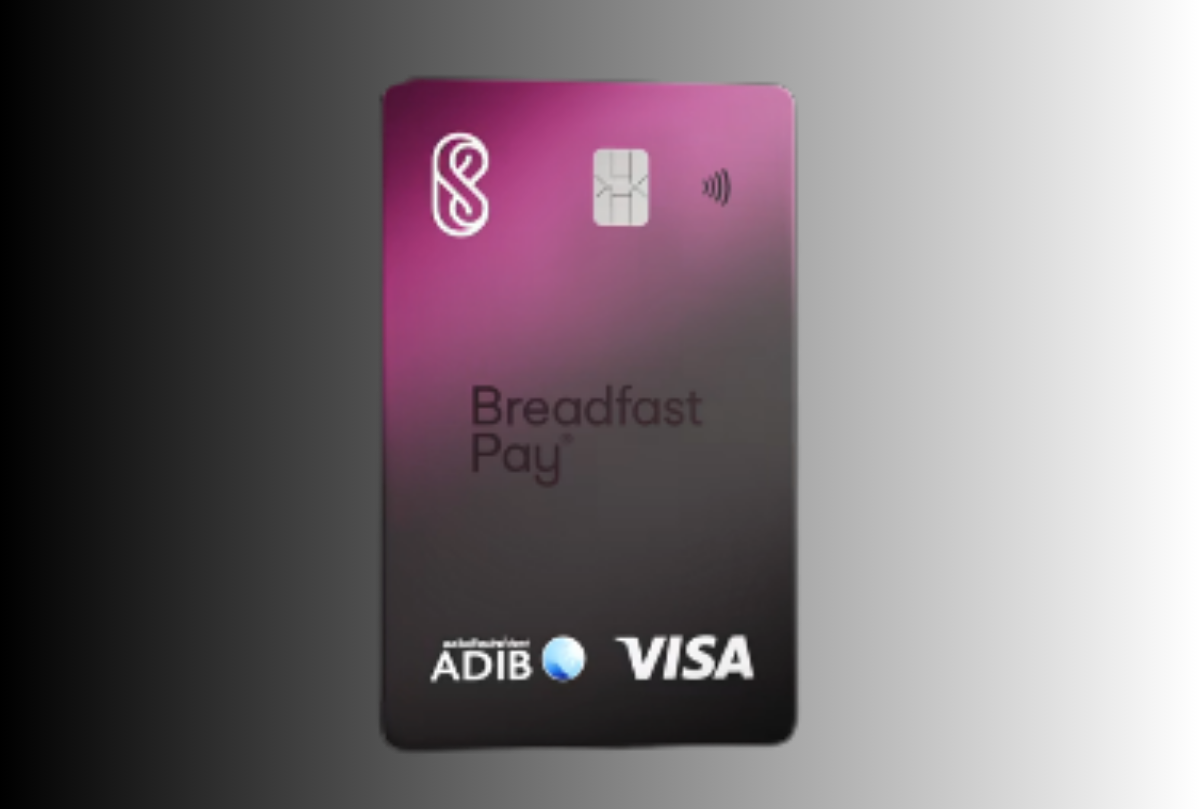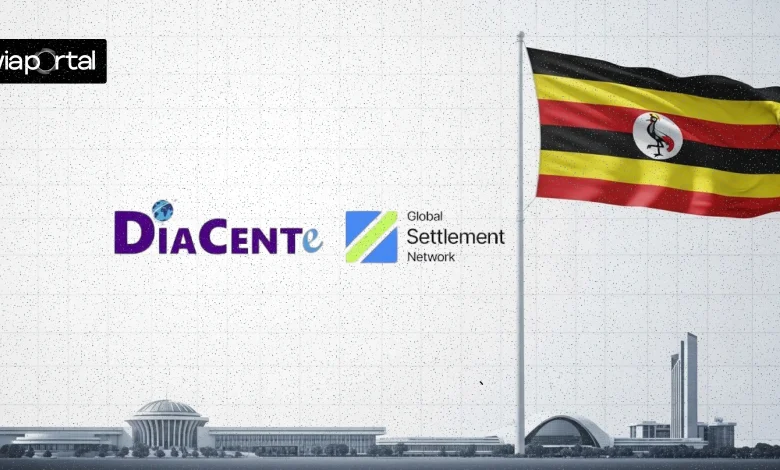As a Kenyan parent, you want the best for your child, whether it’s a top-tier education, a head start on their first car, or a nest egg for their future.
But with college costs rising 5.4% above inflation annually and bank savings accounts offering paltry returns, traditional saving methods might not cut it.
Enter Money Market Funds (MMFs), a low-risk, high-return option that’s gaining momentum in Kenya.
This blog explores how MMFs can help you build wealth for your kids early, why they’re a smart alternative to bank savings or education policies, and how custodial accounts make it possible.
Plus, we’ll link to trusted MMFs in Kenya offering minor accounts to get you started.
Why Money Market Funds for Kids?
MMFs are like a financial gathering where you pool your money with other investors, and professional fund managers invest it in low-risk, short-term securities like Treasury bills, fixed deposits, and high-quality commercial paper.
In Kenya, MMFs are regulated by the Capital Markets Authority (CMA), ensuring transparency and safety. They’re ideal for parents because they offer:
- Competitive Returns: MMFs average 11–16% annual yields (e.g., Etica MMF at 16.65% in May 2024), far outpacing bank savings accounts (2–6%) or inflation (6.5%).
- Liquidity: Need funds for school fees? Withdrawals take 2–3 days, unlike SACCOs’ 60-day notice periods.
- Low Risk: Investments in CMA-approved securities minimise credit risk and liquidity risk, though not entirely risk-free .
- Accessibility: Start with as little as KES 100 (e.g., Etica MMF) or KES 500 (GenCap Hela Imara), making it affordable for all.
For kids, MMFs are a game-changer. Investing early leverages compound interest, turning small savings into significant wealth by adulthood. A KES 5,000 monthly investment at 12% could grow to over KES 2 million in 18 years, perfect for a university or a startup fund.
READ ALSO:
How to Start Investing in a Money Market Fund with Just KES 500
MMFs vs. Bank Savings and Education Policies
Kenyan parents often rely on bank savings or education policies, but MMFs offer distinct advantages:
Money Market Funds vs. Bank Savings
- Returns: Bank savings accounts yield 2–6%, barely keeping up with inflation. MMFs like Ndovu Fund (15.51% in 2024) deliver returns that preserve purchasing power.
- Liquidity: MMFs allow withdrawals in 2–3 days with no penalties, while some savings accounts impose fees or minimum balance requirements.
- Safety: MMFs invest in CMA-regulated securities, backed by custodians like Tier 1 banks, offering stability akin to savings accounts but with higher returns.
- Drawback: Unlike bank accounts insured by the Kenya Deposit Insurance Corporation, MMFs carry slight risks (e.g., credit risk from commercial paper defaults).
Money Market Funds vs. Education Policies
- Flexibility: Education policies (e.g., CIC Insurance) lock funds for specific uses like school fees, with penalties for early withdrawal. MMFs allow funds to be used for any purpose: a school, a car, or a business.
- Returns: Education policies offer fixed returns (often 8–10%), while MMFs fluctuate but average higher (11–16%).
- Risk: Policies are insurance-backed, guaranteeing returns, but MMFs face market risks, though mitigated by short-term, high-quality investments.
- Cost: Policies have premiums and fees; MMFs charge modest management fees (1–2% annually), which are transparent.
MMFs shine for parents seeking flexibility and growth, especially for long-term goals like a child’s education or financial independence.
Custodial Accounts: Investing for Kids Made Easy
In Kenya, minors can’t directly own investment accounts due to legal restrictions. This is where custodial accounts come in, accounts opened and managed by an adult (usually a parent) on behalf of a child, with ownership transferring at adulthood (18–21, depending on the provider). Here’s how they work for MMFs:
- Structure: Custodial accounts, often under the Uniform Transfers to Minors Act (UTMA), hold financial assets like MMF units. The custodian manages investments until the child reaches the age of termination.
- Tax Benefits: The first KES 1,350 of unearned income (e.g., MMF returns) is tax-free for kids in 2025, with the next KES 1,350 taxed at the child’s lower rate, offering savings over parental tax rates.
- Flexibility: Funds can be used for the child’s benefit (e.g., school fees, extracurriculars) but not for parental obligations like food or rent.
- Drawbacks: As the child’s asset, the account may reduce financial aid eligibility for university. Contributions are irrevocable, meaning you can’t reclaim funds once invested.
Several Kenyan MMF providers offer custodial accounts, making it seamless to invest for your child:
- Madison Money Market Fund: Requires KES 5,000 initial investment, with 11.97% average yield. Withdrawals in 2 days. Custodial accounts are available via their self-service portal.
- CIC Money Market Fund: Starts at KES 5,000, yielding ~12%. Offers custodial options for parents, with transparent communication. Apply at ke.cicinsurancegroup.com.
- Etica Money Market Fund: Low entry at KES 100, with a stellar 16.65% yield in May 2024. Custodial accounts are supported for minors. Visit eticacap.com.
- GenCap Hela Imara Fund: KES 500 minimum, 14.24% yield. Accessible via the G-Kuze App, with custodial account options. Download at Google Play or App Store.
These providers align with CMA regulations, ensuring your child’s investment is secure and professionally managed.
How to Start Investing in MMFs for Your Kids
Ready to build wealth for your child? Here’s a step-by-step guide to investing in Money Market Funds for kids in Kenya:
- Choose a Fund: Research providers like CIC, Etica, or Madison. Compare yields, minimum investments, and custodial account options. Use vasiliafrica.com for rankings.
- Open a Custodial Account: Contact the provider (e.g., via eticacap.com) or visit a branch. You’ll need your ID, the child’s birth certificate, and KRA PIN. Some, like GenCap, allow online signup via the G-Kuze App.
- Fund the Account: Start with the minimum (KES 100–5,000). Set up recurring deposits via M-Pesa or bank transfers for consistent growth.
- Monitor Performance: Track returns via the provider’s app (e.g., Ndovu App) or monthly statements. Adjust contributions as needed.
- Plan Withdrawals: Use funds for the child’s benefit (e.g., school fees) or let them grow until adulthood. Withdrawals take 2–3 days, with no penalties.
READ ALSO:
Can You Lose Money in a Money Market Fund? Risks & Realities for Kenyans
Alternatives to MMFs for Kids
While MMFs are excellent, consider these alternatives for a balanced approach:
- Bank Savings Accounts for Kids: Accounts like Regions Bank Savings for Minors (KES 5 minimum) teach financial literacy but offer low APYs (0.01%). Best for short-term savings.
- 529 Plans: Designed for education, these offer tax benefits but restrict funds to qualified expenses. Less flexible than MMFs and unavailable in Kenya, though some parents use offshore plans.
- Custodial Roth IRAs: If your child has earned income (e.g., from a part-time job), a Roth IRA allows tax-free growth. Not widely available in Kenya but an option for high-income families.
- SACCOs: Popular in Kenya, SACCOs offer dividends (6–10%) but require longer withdrawal notices (60 days) and higher minimums. Less liquid than MMFs.
For most Kenyan parents, MMFs strike the best balance of returns, liquidity, and flexibility, making them ideal for safe investments in Kenya 2025.
Tips for Success
- Start Small: Begin with KES 500 (e.g., GenCap) and increase contributions over time. Consistency is key.
- Diversify: Combine MMFs with a savings account for emergency funds and long-term growth.
- Educate Your Child: Use the account to teach financial literacy. Show them how their KES 1,000 grows to KES 10,000 over years.
- Check Fees: Ensure management fees are low (e.g., KCB’s competitive rates) to maximise returns.
Conclusion: Build a Bright Future Today
Investing in Money Market Funds for kids in Kenya is a smart way to secure your child’s financial future. With higher returns than bank savings, more flexibility than education policies, and the ease of custodial accounts, MMFs empower you to build wealth early.
Whether it’s KES 100 with Etica or KES 5,000 with CIC, every shilling counts toward your child’s dreams, be it university at Riara, a startup in Nairobi, or a home in Runda.
Ready to start? Explore these trusted MMFs offering custodial accounts:
Don’t let your money snooze in a low-interest account. MMFs aren’t risk-free, but they’re a solid step to wealth. Join the growing number of Kenyan parents investing smarter for their kids.
Disclaimer: MMFs carry risks, including credit and liquidity risks. Past performance is not a guarantee of future results. Consult a financial advisor before investing.
Ronnie Paul is a seasoned writer and analyst with a prolific portfolio of over 1,000 published articles, specialising in fintech, cryptocurrency, and digital finance at Africa Digest News.






Leave a Reply